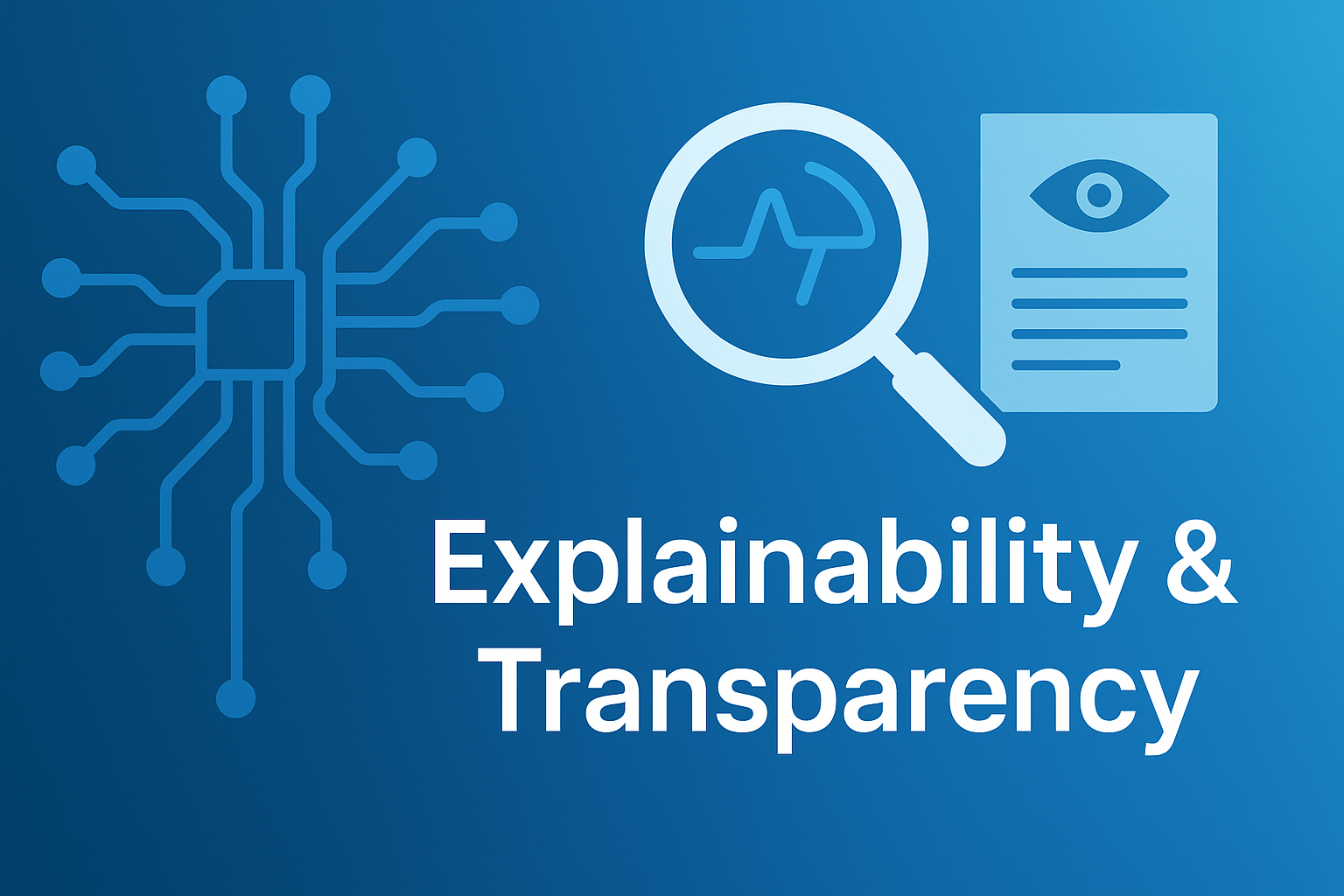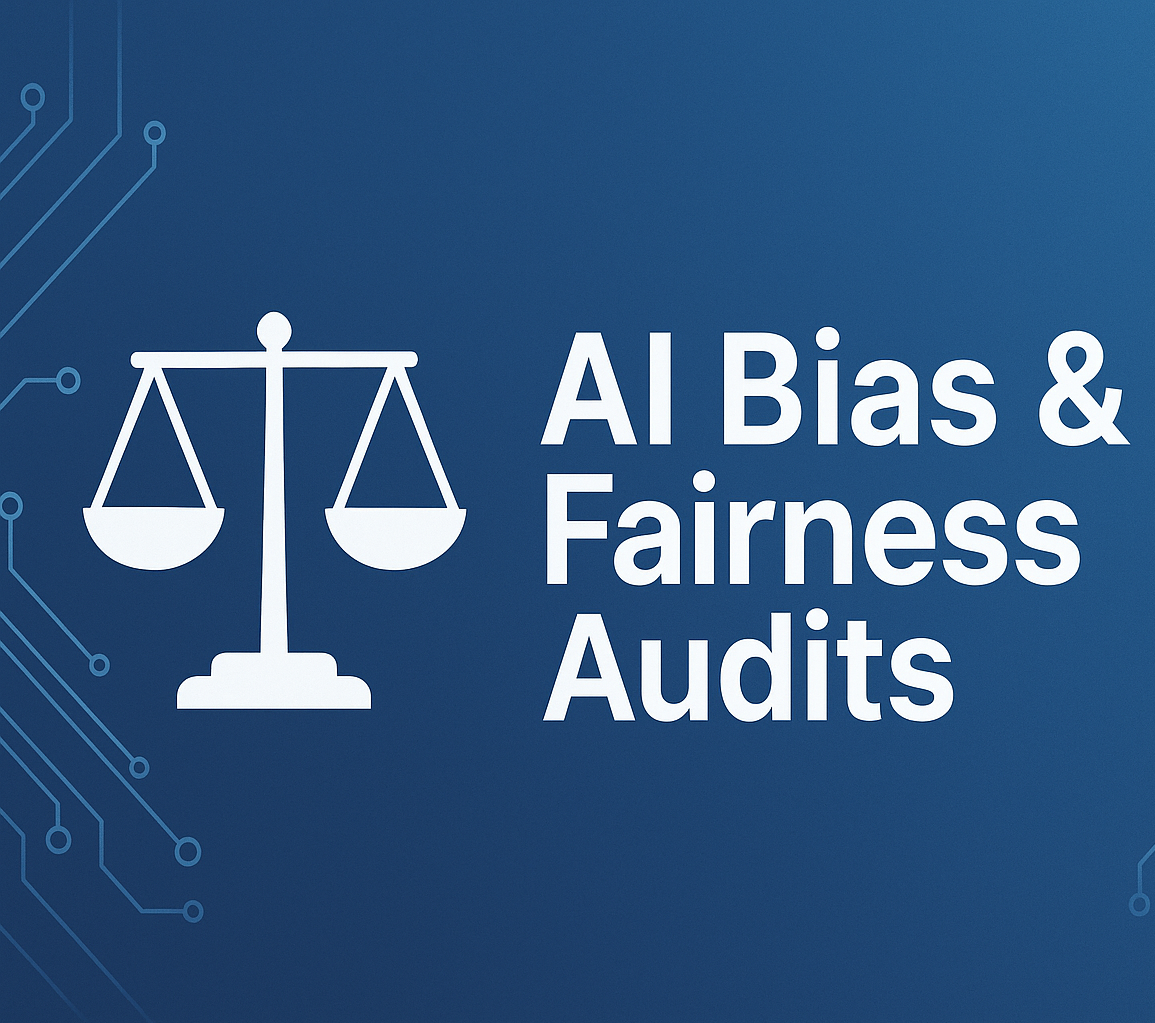The Essential Guide to AI Explainability and Transparency Reports
Introduction to AI Explainability and Transparency
The Rise of AI in Decision-Making
Artificial Intelligence has become a cornerstone in modern decision-making processes across industries. From healthcare diagnostics to financial risk assessments, AI systems are increasingly influencing outcomes that impact individuals and societies. As these systems grow in complexity and scope, the need for understanding how they operate becomes imminent.
Why Explainability and Transparency Matter in AI Systems
Explainability and transparency are critical to ensuring that AI systems are trustworthy, fair, and accountable. Without clear insights into how AI models make decisions, organizations risk deploying “black box” systems that could ignore bias, make erroneous conclusions, or violate regulatory standards. These principles are essential for fostering public trust and enabling ethical AI deployment.
What is AI Explainability?
Definition
AI Explainability refers to the ability to describe the internal mechanisms of an AI system in a way that is understandable to humans. It involves making the decision-making processes of algorithms transparent, interpretable, and accessible to stakeholders, including developers, regulators, and end-users.
Types of Explainable AI (XAI) Methods
- Post-hoc Explainability:Techniques applied after model training to interpret decisions, such as LIME (Local Interpretable Model-Agnostic Explanations) and SHAP (SHapley Additive exPlanations).
- Intrinsic Explainability:Designing models that are inherently interpretable, like decision trees or linear regression models.
Explainability in Real-World Applications
In healthcare, explainable AI helps doctors understand why an AI model suggests a particular diagnosis. In finance, it clarifies why a loan application was approved or denied. These examples highlight how explainability supports transparency, accountability, and user confidence.
Understanding Transparency in AI
Transparency vs. Explainability: Key Differences
While often used interchangeably, transparency and explainability are distinct concepts. Transparency refers to openly sharing information about how an AI system is designed, trained, and operates. Explainability focuses on making specific decisions or outputs understandable. Together, they form the foundation of trustworthy AI.
The Role of Transparency in Building Trust
Transparency ensures that stakeholders have visibility into AI processes, data sources, and potential biases. By disclosing this information, organizations can build trust with users, regulators, and the public, demonstrating that their AI systems operate ethically and responsibly.
Regulatory Push for AI Transparency
Governments and regulatory bodies worldwide are increasingly mandating transparency in AI. Frameworks like the EU AI Act and guidelines from organizations such as the OECD emphasize the need for clear documentation and reporting to safeguard against unethical AI practices.
Importance of Explainability and Transparency Reports
Enhancing Accountability in AI Deployments
Explainability and transparency reports play a crucial role in holding organizations accountable for their AI systems. By documenting how AI models function, what data they use, and how decisions are made, companies can demonstrate responsibility and readiness to address potential issues.
Facilitating Ethical AI Practices
These reports ensure that ethical considerations are embedded throughout the AI lifecycle. They provide a structured approach to identifying risks, addressing biases, and maintaining fairness, which is essential for aligning AI initiatives with organizational values and societal expectations.
Supporting Compliance with Global AI Regulations
As regulatory frameworks evolve, transparency reports help organizations stay compliant. They serve as evidence that due diligence has been performed regarding data privacy, algorithmic fairness, and risk management, thereby reducing exposure to legal penalties.
Key Components of an AI Transparency Report
Model Architecture Disclosure
Detailing the type of AI models used, including their structure and reasoning processes, is fundamental. This helps stakeholders understand the complexity and limitations of the system.
Data Sources and Data Handling Practices
A comprehensive report outlines where data originates, how it is processed, and measures taken to ensure data quality and privacy. Transparency in data usage mitigates concerns over biased or unethical data practices.
Bias Detection and Mitigation Strategies
Organizations must disclose how they identify and address biases within AI models. This includes methodologies, tools used, and outcomes of bias audits to ensure fairness in automated decisions.
Performance Metrics and Limitations
Clear reporting on model accuracy, error rates, and known limitations provides a realistic view of AI capabilities. This prevents overreliance on AI systems and promotes informed usage.
How Organizations Implement Explainability Frameworks
Tools and Technologies for Explainable AI
Companies leverage a range of tools like LIME, SHAP, IBM’s AI Explainability 360, and Google’s What-If Tool to integrate explainability into their AI workflows. These tools help visualize and interpret AI decisions.
Case Studies: Companies Leading in AI Transparency
Organizations such as Microsoft, Google, and IBM are at the forefront of promoting AI transparency. Through publishing detailed reports and open-sourcing explainability tools, they set industry benchmarks for responsible AI practices.
Challenges in Implementing Explainability at Scale
Despite improvements, scaling explainability across complex AI ecosystems remains challenging. Issues include technical limitations, resource constraints, and balancing transparency with proprietary interests.
Regulatory Landscape Shaping AI Transparency
Overview of EU AI Act and Other Global Regulations
The EU AI Act is a pioneering regulatory framework that categorizes AI systems based on risk and imposes strict transparency requirements for high-risk applications. Other regions, including the U.S., Canada, and Asia, are developing similar guidelines to ensure ethical AI deployment worldwide.
Impact of GDPR on AI Explainability
The General Data Protection Regulation (GDPR) enforces the “right to explanation,” requiring organizations to provide meaningful information about automated decision-making processes involving personal data. This regulation has been a catalyst for greater AI transparency across sectors.
The Future of AI Governance
AI governance is evolving rapidly, with increased focus on accountability, fairness, and transparency. Future regulations are expected to mandate more detailed reporting and proactive risk management strategies to safeguard public interests.
The Role of Explainability in Ethical AI
Addressing Algorithmic Bias and Fairness
Explainability is key to identifying and mitigating biases within AI systems. By making decision pathways visible, organizations can ensure that AI outcomes are fair and do not disproportionately impact vulnerable groups.
Ensuring Human Oversight in Automated Decisions
Ethical AI requires that humans remain in control of critical decision-making processes. Explainable systems empower human reviewers to understand, question, and override AI decisions when necessary.
Transparency as a Pillar of Responsible AI
Responsible AI frameworks emphasize transparency as a core principle. Open communication about how AI operates fosters accountability, promotes ethical standards, and aligns technology use with societal values.
Benefits of Publishing AI Transparency Reports
Building Consumer and Stakeholder Trust
Transparency reports demonstrate a commitment to ethical AI practices, helping organizations build trust with customers, investors, and regulators. Clear communication reduces fears associated with AI adoption.
Competitive Advantage Through Ethical AI Practices
Companies that prioritize transparency and explainability can differentiate themselves in the market. Ethical AI practices attract socially conscious consumers and partners, driving long-term business success.
Reducing Legal and Compliance Risks
Proactively publishing transparency reports helps mitigate legal risks by ensuring compliance with existing and emerging regulations. It also prepares organizations for audits and reduces the likelihood of reputational damage from AI-related controversies.
Common Challenges in AI Explainability

The “Black Box” Problem in Deep Learning Models
Deep learning models, such as neural networks, are difficult to interpret due to their complex architectures. This “black box” nature makes it challenging to understand how specific inputs lead to outputs, posing significant problems for explainability.
Balancing Transparency with Intellectual Property Protection
Organizations often struggle to provide transparency without disclosing proprietary algorithms or sensitive business information. Striking the right balance between openness and protecting competitive advantages is a persistent challenge.
Managing Complexities in Multi-Model Systems
Modern AI solutions frequently involve ensembles or multiple interconnected models. Explaining the decision-making process across these systems requires complex tools and methodologies, increasing the complexity of transparency efforts.
Emerging Standards and Best Practices
Industry Guidelines for Transparency Reporting
Organizations like ISO and IEEE are developing standards to guide AI transparency and explainability. These frameworks aim to standardize practices across industries, ensuring consistency and accountability.
Open-Source Initiatives Supporting Explainability
Open-source projects, such as TensorFlow Explain and Fairlearn, provide accessible tools that promote transparency and fairness in AI. These initiatives improve collaboration and accelerate the adoption of explainable AI techniques.
Collaboration Between Academia, Industry, and Regulators
Cross-sector collaboration is essential for advancing explainability standards. Joint efforts help bridge the gap between theoretical research, practical implementation, and regulatory compliance.
Future Trends in AI Explainability and Transparency
The Rise of Self-Explaining AI Models
Emerging AI models are being designed with built-in explainability features, reducing the need for external interpretation tools. This trend aims to make AI inherently transparent and easier to audit.
Integration of Explainability in AI Development Lifecycles
Explainability is becoming a standard component of AI development processes. From model design to deployment, organizations are embedding transparency considerations at every stage to ensure responsible AI practices.
Increasing Demand for Transparent AI in Sensitive Sectors
Industries such as healthcare, finance, and legal services are driving the demand for explainable AI due to the high stakes involved. Regulatory pressures and ethical concerns are pushing these sectors to adopt robust transparency frameworks.
How to Create Effective AI Transparency Reports
Step-by-Step Guide for Organizations
- Define the Scope:Identify which AI systems require transparency reporting based on risk and regulatory requirements.
2. Document Model Details: Include architecture, algorithms used, and decision-making logic.
3. Outline Data Practices: Clearly state data sources, processing methods, and privacy measures.
4. Report on Bias and Fairness: Present findings from bias detection tools and mitigation strategies.
5. Disclose Performance Metrics: Share accuracy rates, limitations, and known risks.
6. Review and Update Regularly: Ensure reports remain current as models evolve.
Tools and Templates Available
Organizations can leverage templates from regulatory bodies and industry groups, as well as tools like IBM AI Factsheets, Google Model Cards, and Microsoft’s Responsible AI resources to streamline the reporting process.
Communicating Complex AI Concepts to Non-Experts
Effective transparency reports translate technical jargon into clear, accessible language. Visual aids, summaries, and FAQs help bridge the gap between AI developers and stakeholders without technical backgrounds.
Case Studies: Impact of Transparency Reports
How Transparency Averted AI-Related Crises
In 2021, a financial institution avoided regulatory penalties by actively publishing an AI transparency report that highlighted potential biases in its credit scoring model. This openness allowed for early intervention and model adjustments.
Success Stories from Different Industries
Healthcare providers using explainable AI for diagnostics have reported increased patient trust and improved outcomes. Similarly, tech companies that release regular transparency reports have seen enhanced brand reputation and customer loyalty.
Conclusion
The journey towards fully explainable and transparent AI is ongoing but essential. As AI systems continue to shape critical aspects of society, organizations must prioritize transparency and accountability. By embracing explainability frameworks and publishing comprehensive transparency reports, businesses can foster trust, ensure compliance, and lead the way in ethical AI deployment.
FAQs
What is the difference between AI explainability and interpretability?
Explainability refers to how well an AI system’s decisions can be described in human terms, while interpretability focuses on understanding the internal mechanics of the model itself. Both are crucial for transparency.
Are AI transparency reports mandatory?
While not universally mandatory, many industries and jurisdictions require transparency reports for high-risk AI systems, especially under regulations like the EU AI Act and GDPR.
Which industries benefit most from explainable AI?
Sectors such as healthcare, finance, legal, and public services benefit greatly due to the high impact of AI decisions on human lives and the stringent regulatory environments.
How do transparency reports mitigate AI risks?
They identify potential biases, clarify decision-making processes, and ensure accountability, reducing the likelihood of unethical outcomes and regulatory breaches.
What tools help in generating AI explainability reports?
Popular tools include LIME, SHAP, IBM AI Explainability 360, Google’s What-If Tool, and templates like Model Cards and AI Factsheets.
Mastering the EU AI Act and Global AI Regulations
Mastering the EU AI Act and Global AI Regulations
Mastering the EU AI Act and Global AI Regulations



